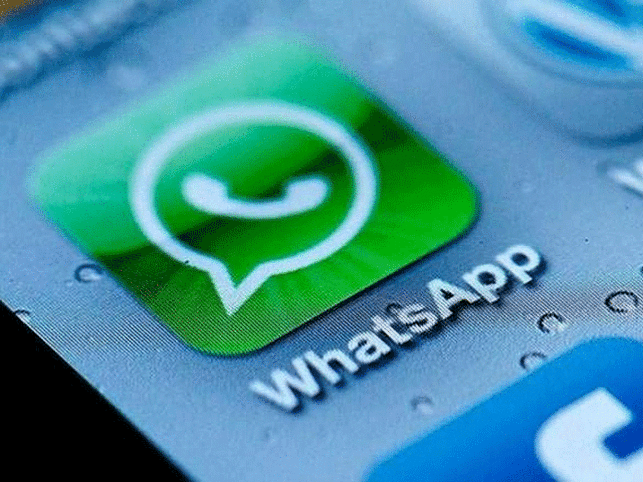Here is the new project that shall solve ALL water-related problems in
India, within a couple of years!
ALL water-related problems in India, within a couple of years!
The country has been seeing a number of really unpleasant predictions from the past coming true.
Assumptions that people shall one day struggle to even access basic requirements of life, including food and water; are coming true in the most pitiful ways in India. Yes, it is true that the rate of consumption of resources if the reason for this trend to occur, but it is also true that there isn’t much that can be done about it. Given the massive population India houses and the rate of progress seen at grass root levels, combined with the extent of corruption seen on bureaucratic levels; the struggles for basic necessities only looks reasonable.
And the worst has been seen in the case of water. Karnataka and Tamil Nadu, as well as other states of the country (though not as prominently as the two mentioned) have been consistently undergoing ugly fights with regard to a basic factor as water. There have been ugly riots, destruction of property and even deaths caused over water disputes in the country. Just when we start assuming that the country is at its worst with incidents like Kaveri river issue, Mahadaayi, Nethravathi, etc occurring; here comes a huge ray of hope for India by the name Narendra Modi.
India is a peninsular island, for being surrounded by sea on three sides and land on one. Should the sea decide to raise its level, India will be a mere memory within no time. Even when we are surrounded by so much water, the country feels a severe void for water; which is a shameful fact. It is true that salty water is of no use for anyone, but filtered and purified water is; isn’t it?
How can we purify sea water?
Salty water can be converted into usable water, and it is not even rocket science. The process of filtering sea water does not consume a lot of electricity or energy, owing to the availability of hydro energy in abundance. The process of filtering sea water and turning it sweet (not literally sweet, just usable) is called desalination. This process makes use of hydro and wind energy to extract the salt and other mineral content from sea water and make it fit for daily usage, including drinking!
Nearly 120 countries including USA, Saudi Arabia, Kuwait, United Arab Emirates, Qatar, Bahrain and even North Africa, Libya and Algeria have implemented this technology. Though a little expensive, the method has been validated as impactful by the users of this technology. For that matter, this is not even modern science; desalination is in fact an age old technique that has been altered to meet large scale needs!
Implementation of desalination technique in India will be considerably easy, given the easy accessibility to the sea on three sides of the map. Not only purified water can resolve all water related conflicts, send home the dirty political players who use water issues to instigate people against each other, as well as fulfil all farmers’ water needs; it can also boost production of salt! This technology does not even consume large masses of land for implementation, as it can be carried out over the sea itself. Nor does it cause any harm to the environment, or life in any form.
Although, a small cliché is that drinking water might be a little more expensive to produce as compared to rest; owing to the PPM count that determines the ‘drinkability’ of the water. However, small scale industries can easily afford to consume this water and even fund the entire functioning and maintenance of the project.
Implementation in India!
Implementation of desalination technology in India was one of the primary objectives of Narendra Modi’s recent visit to Israel. For all those who made sick jokes regarding his visit to the seashore, here is your answer. The Prime Minister of Israel, Benjamin Netanyahu himself walked Narendra Modi through the desalination plant. Israel is the master in implantation of this technology, also executing the same with the least expenses. They use nearly 6,27,000 cubic tonnes of desalinated water EVERY DAY for agricultural purposes.
Australia, Singapore and Gulf countries have sought the assistance of Israel in implementation of this technology. An MOU (Memorandum of Understanding) has already been signed between India and Israel for the implantation of the technology within a couple of years! The best part yet? Work has already begun at Ahmadabad in Gujarat! The rights have also been purchased by a private company, which shall expand the implementation of the technology soon.
Simple, effective, and brilliant. With the strength of scientists in India who are famed to make things happen on surprisingly low budget, desalination technology is going to be a blockbuster. When there have been governments and leaders who have attempted to break societies over water issues, here is a Prime Minister who has ended all that with one masterstroke. We simply cannot wait for desalination technology to be implemented in India. Farmers shall prosper, drought affected areas will be aided, there shall be no more river diversion projects nor brawls over dams, and India will have all the water it needs.













